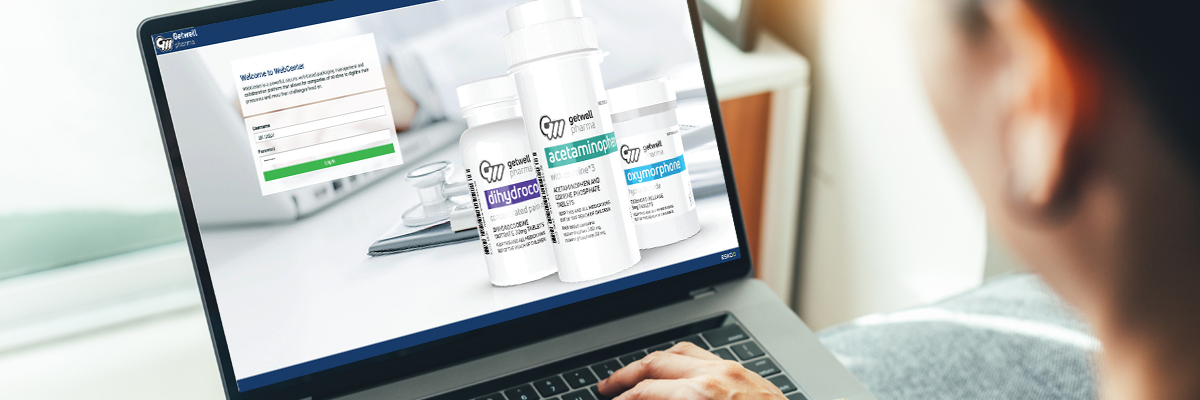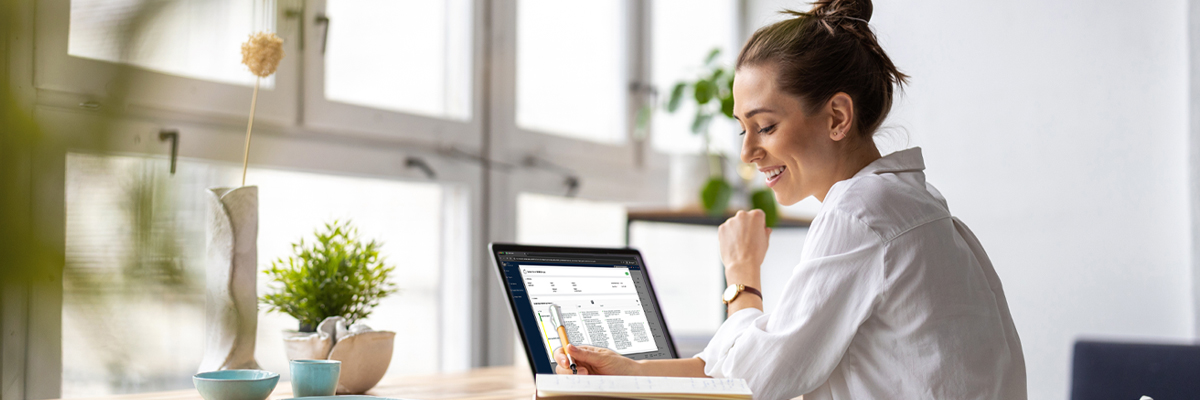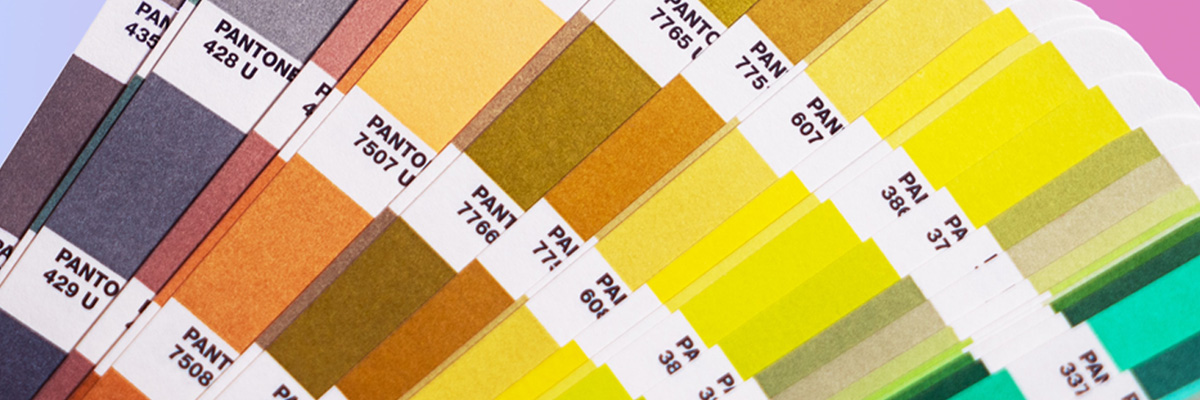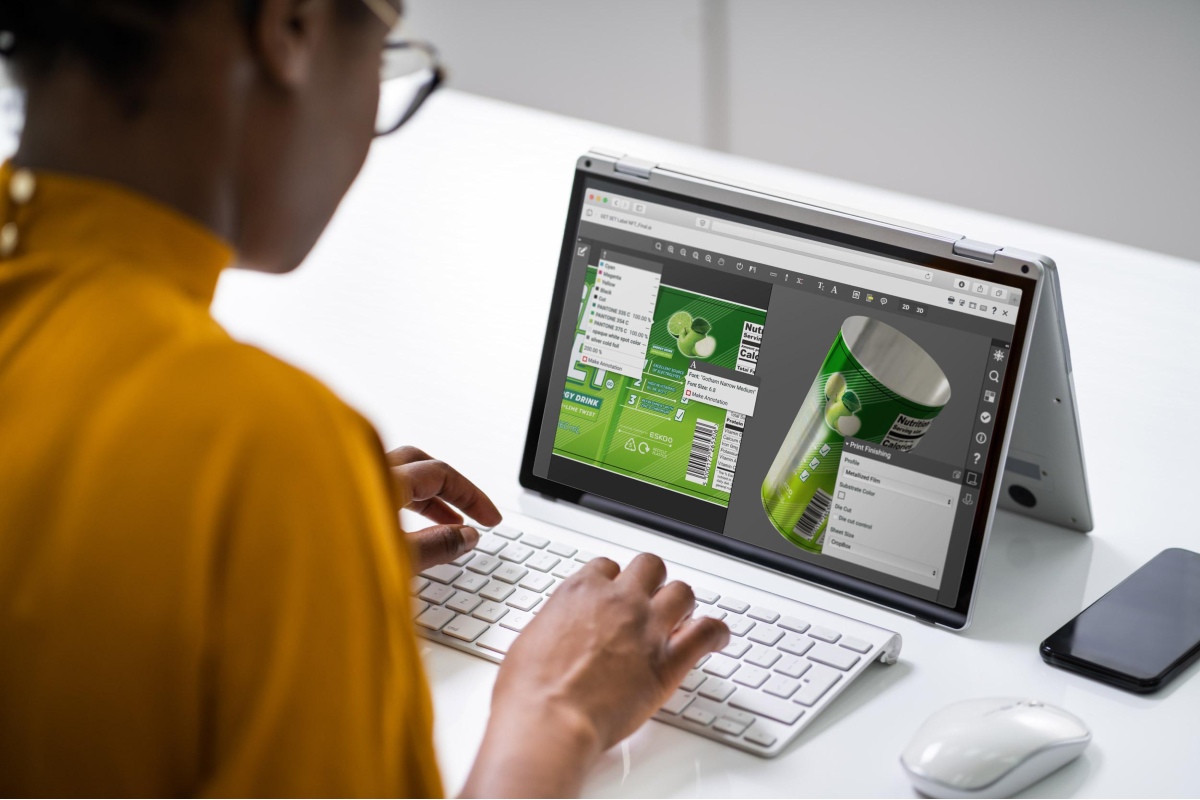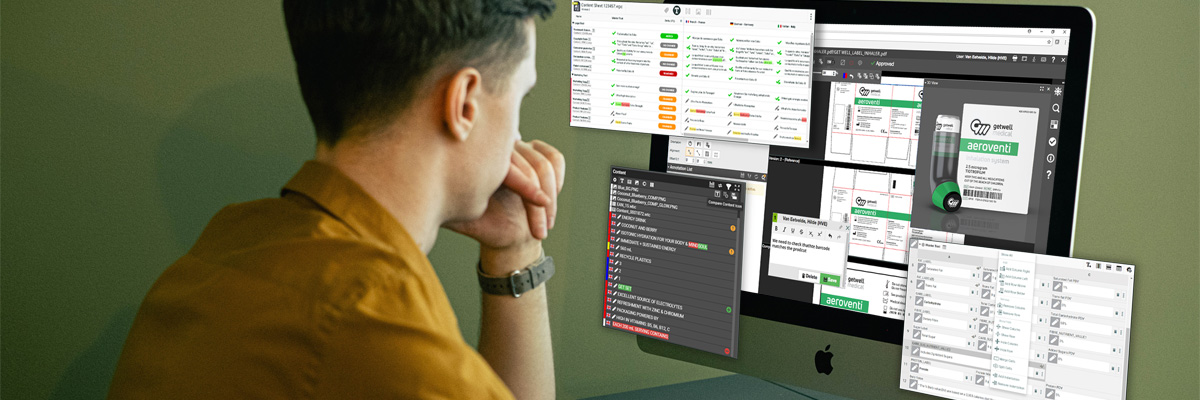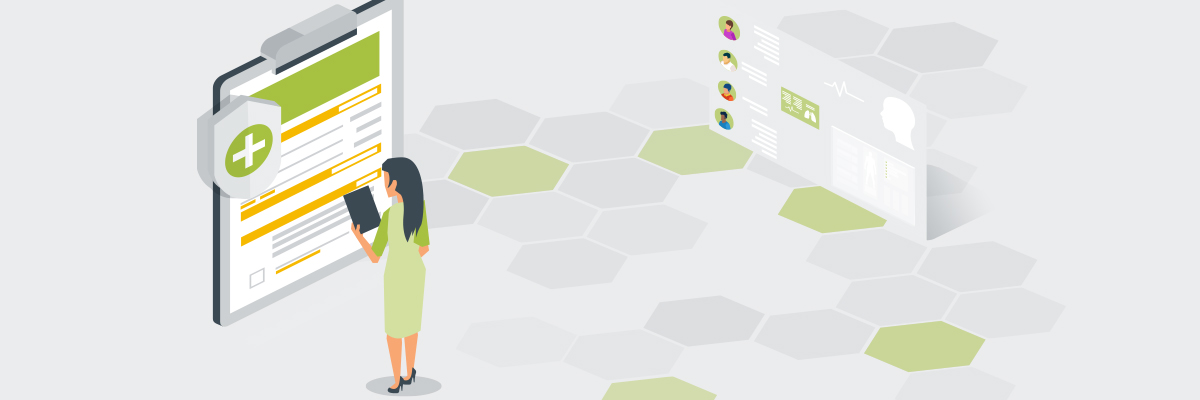Packaging. Sounds simple, right? Unfortunately, it isn’t. It’s a diverse and complex topic for brands and converters. Environmental sustainability initiatives make the packaging industry even more nuanced. That’s why Esko recently launched the Sustainability Series, including five sessions discussing the major topics in sustainability and packaging. The first session covered the key factors influencing sustainable packaging market trends to 2032. Tom Hallam, European Project Director for Packaging Consultancy from Smithers, presented each trend. Let’s dig into it!
Environmental Challenges
Reducing the environmental impact of packaging is crucial going forward. To do this, a full assessment of packaging’s entire lifecycle must be considered. Do you need packaging? Can it be reduced? Reused? Recycled? These questions help brands and converters determine how they can fit their practices into the circular economy model, which, according to the EPA, is how brands can keep “materials, products, and services in circulation for as long as possible.” Reducing the use of fossil fuels, using renewable energy resources, and looking for methods to save energy within the supply chain helps lower emissions, and therefore the environmental impact of packaging.
Demographics and Consumers
More than 50% of the world’s population live in urban areas. Urban areas are more likely to have higher production rates of waste, which drives opportunities for sustainable packaging. Consumers are the true drivers of the packaging agenda because they have greater knowledge of what it means to be sustainable and believe packaging is a key differentiator. However, it’s important to keep in mind that consumers are also significantly driven by convenience. Brands thus need to strike a balance between sustainable packaging that is still easy to recycle and dispose of in ways that don’t harm the environment.
For example, consumers are increasingly “cash rich, time poor”, a trend highly impacting the food packaging sector. This puts pressure on the supply chain to deliver the type of easily disposable product packaging that fits consumers’ busy lifestyles. We know brands and consumers are becoming increasingly anti-plastic. Therefore, brands are beginning to substitute sustainable packaging, such as fiber-based products in lieu of plastics.
The proof is in the pudding. According to Tom Hallam of Smithers:
- 45% of consumers have a more positive opinion of brands that use a limited amount or no plastics in their packaging
- 26% can name a product or brand they’ve purchased – or not purchased – because of the environmental or social record of the manufacturer
- 42% want to be seen as someone who buys eco-friendly products
- 67% believe companies should take responsibility for the end-of-life disposal of the products they manufacture
European consumers are more so looking for packaging made from renewable and recyclable materials with recovered/recycled content wherever possible. The main driver is not plastic versus paper. It’s the ease of which it can be recycled. Consumers are interested in biodegradability, so they know it’ll degrade without increasing pollution.
Brand Owner Commitments
Waste reduction targets are high on brand owners’ agendas. The targets are split among 3 scopes. Scope 1 and 2 targets are to reduce the carbon emissions associated with direct emissions of a brand. Scope 3 is emissions associated with the supply chain. The race to Net Zero is about de-carbonization by reducing reliance on fossil fuels. Top brand owners have committed to aggressive macro-level environmental commitments to meet the sustainable development goals and expect suppliers to deliver against these. Many have announced goals to make packaging 100% reusable or easily recyclable by 2030.
Regulations
Environmental regulations are becoming stricter and will also drive packaging development and choices. For example, the Packaging and Packaging Waste Directive (PPWD) is the most rigorous directive driving the agenda forward. The EU single-use plastic directive places onus on brands to move away from such packaging, with ongoing review and consultation. It’s a clear trend that products will be subjected to more regulation going forward. A new circular economy action plan – part of the Green Deal – goal is to reach net 0 emissions by 2050.
Ecommerce is Driving the Retail Market
As is well known, the pandemic caused ecommerce to explode and drove sales significantly upward. Today, ecommerce is continuing to grow faster than traditional retail. In several European markets, ecommerce sales now account for greater than 20% of total retail sales, and in the UK in particular, it is greater than 30%. Nonetheless, consumers expect brands to prioritize sustainability. Brands are rising to the occasion by, for example, using automated box making machines to reduce void space. When a box isn’t required, paper is the choice of brand owners that want to offer an easy-to-recycle option.

Single Material Developments
It would be an understatement to say the anti-plastic movement is in full swing. But there’s also increased pressure to move from multi-material packaging to mono-material packaging. For example, mono-materials will be prioritized in flexible packaging to improve recyclability. This will require the recycling infrastructure to keep pace.
The New Energy Economy
A new energy economy is being driven by policy, technology, innovation, and the increasing focus on climate change. The goal is to phase out nuclear energy and fossil fuels to achieve de-carbonization goals. A resulting increase in R&D and investment in the development of a bioeconomy will occur. The bioeconomy, according to Bioeconomy BW, “involves using renewable biological resources sustainably to produce food, energy, and industrial goods. It also exploits the untapped potential stored within millions of tons of biological waste and residual materials.”
End of life Infrastructure Development
End-of-life infrastructure development focuses on repurposing packaging, as the term implies, at the end of its useful life, so it may be reused. For example, chemical recycling converts flexible and rigid plastic into liquid form. It is then used to create new products. This is very new, and no one knows for sure how long the process will take or how successful it will be. But, one thing is for sure, companies are investing significantly in it. Investment in collection and recycling infrastructures will need to increase exponentially to meet these challenges.
Digitalization of Packaging
Digitalization will become increasingly more important in packaging. Digital tools are not only more efficient and accurate, but they also provide areas of innovation for packaging companies. For example, watermarking, an invisible digital print applied to a container, can be identified in the sorting area of a reprocessing plant, thereby allowing materials to be segregated and recycled. Additionally, RFID is driving data capture needed to understand consumers better for developments in reusable packaging.
Last but Not Least – Supply Chain Collaboration
Packaging is an exciting place to be. New technologies and innovations are stimulating significant change in a short amount of time. Supply chain collaboration is crucial to move forward and meet sustainability goals. There are great opportunities for material suppliers, converters, and brand owners to positively differentiate themselves in the market yet work together for a common goal. Those who respond to challenges will be more competitive and successful. Regulation presents an opportunity to those who proactively engage in supply chain collaboration to develop new packaging solutions.
Want to learn more about these trends? Watch the webinar replay!
